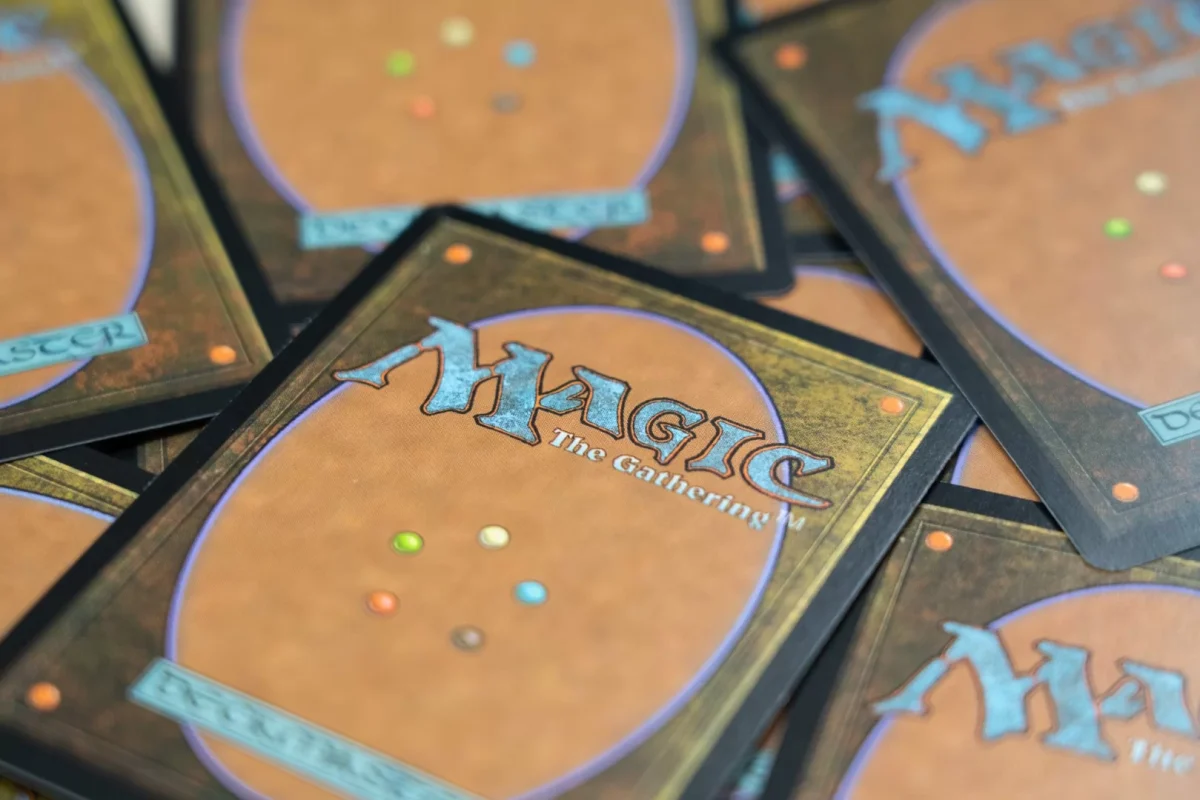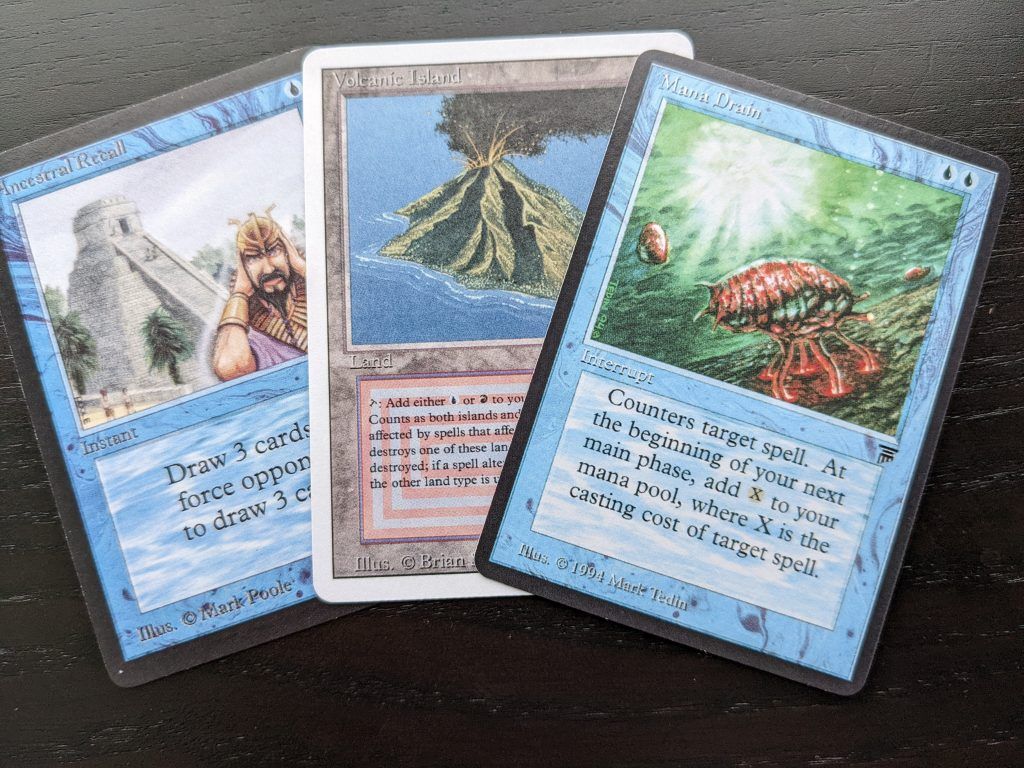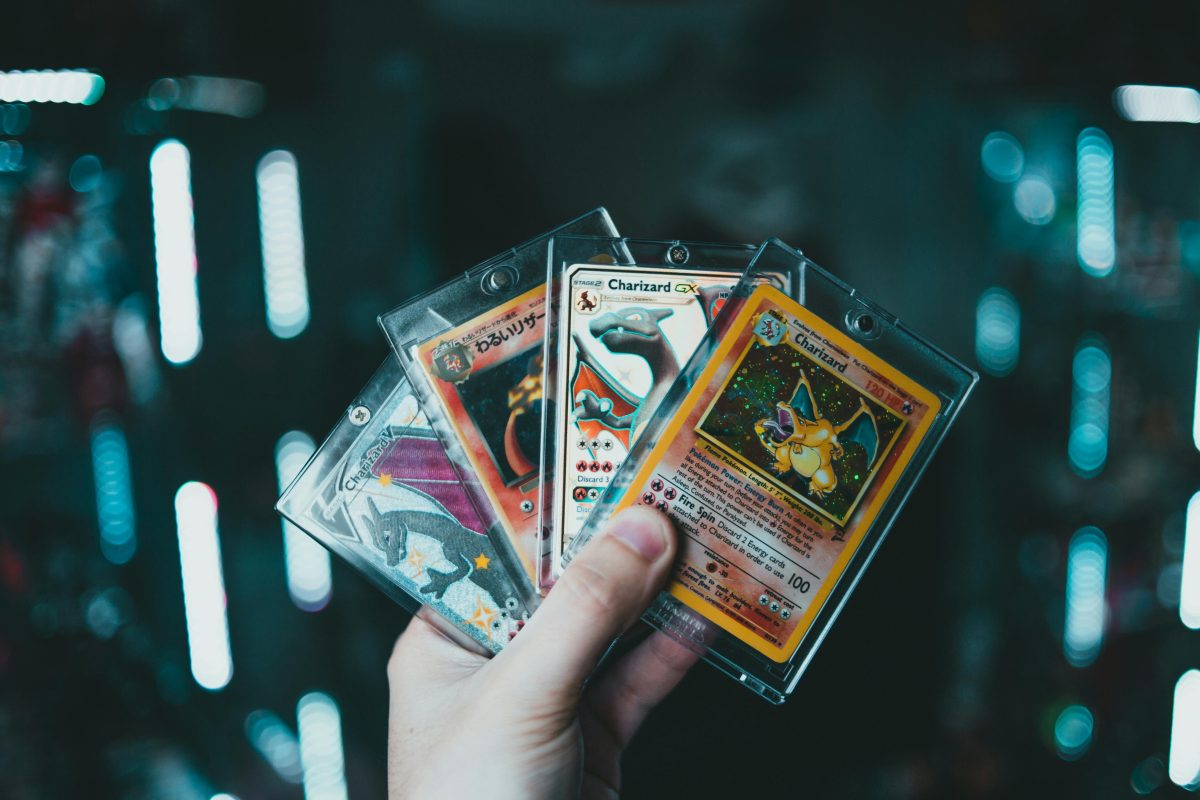The world of Magic: The Gathering is vast and ever-evolving, with new sets, mechanics, and legendary cards released every year. For many enthusiasts, keeping up with these changes and building competitive decks can be both exciting and daunting. MTGProxy offers a practical solution: high-quality MTG proxies that empower players to experiment, compete, and enjoy the game to its fullest.
From the very first booster pack to the latest expansion, MTGProxy understands the challenges players face in acquiring rare and expensive cards. MTG proxies provide a way to fill in the gaps, allowing you to playtest new ideas, protect valuable originals, and participate in casual playgroups without limitations
What Makes MTGProxy’s MTG Proxies Stand Out?
Not all proxies are created equal. MTGProxy is dedicated to delivering proxies that look and feel authentic, ensuring a premium experience for every player. Their cards are crafted with attention to detail, from accurate colors and fonts to durable cardstock that stands up to repeated use. This commitment to quality sets MTGProxy apart as a trusted source for MTG proxies.
- Playtesting: Quickly swap out cards to test different builds without the expense of buying every single card.
- Casual Gaming: Enjoy Magic with friends in a relaxed setting where proxies are welcomed and encouraged.
Community and Transparency
MTGProxy places a strong emphasis on community values. They advocate for open communication when using proxies—always informing your playgroup and ensuring everyone is comfortable with their use. Each MTG proxy card is clearly marked, reducing confusion and maintaining the integrity of the game.
While proxies are generally not permitted in official tournaments, many local events and casual groups embrace them as a tool for learning, fun, and experimentation. MTGProxy’s dedication to transparency and inclusivity has helped foster a positive reputation among Magic fans.
Getting Started with MTGProxy
Ordering from MTGProxy is easy. Simply browse their online selection, choose the proxies you need, and place your order. Their customer support team is ready to answer any questions and guide you through the process. Whether you’re building a new Commander deck or fine-tuning your Standard lineup, MTGProxy makes it possible to play your way.
Conclusion
Magic: The Gathering is about creativity, strategy, and community. With premium MTG proxies from MTGProxy, you can unlock new possibilities, protect your collection, and share the joy of Magic with friends old and new. Discover the difference that high-quality proxies can make—choose MTGProxy for your next deck upgrade
 Custom Gallery
Custom Gallery Proxy Booster
Proxy Booster Discord
Discord




